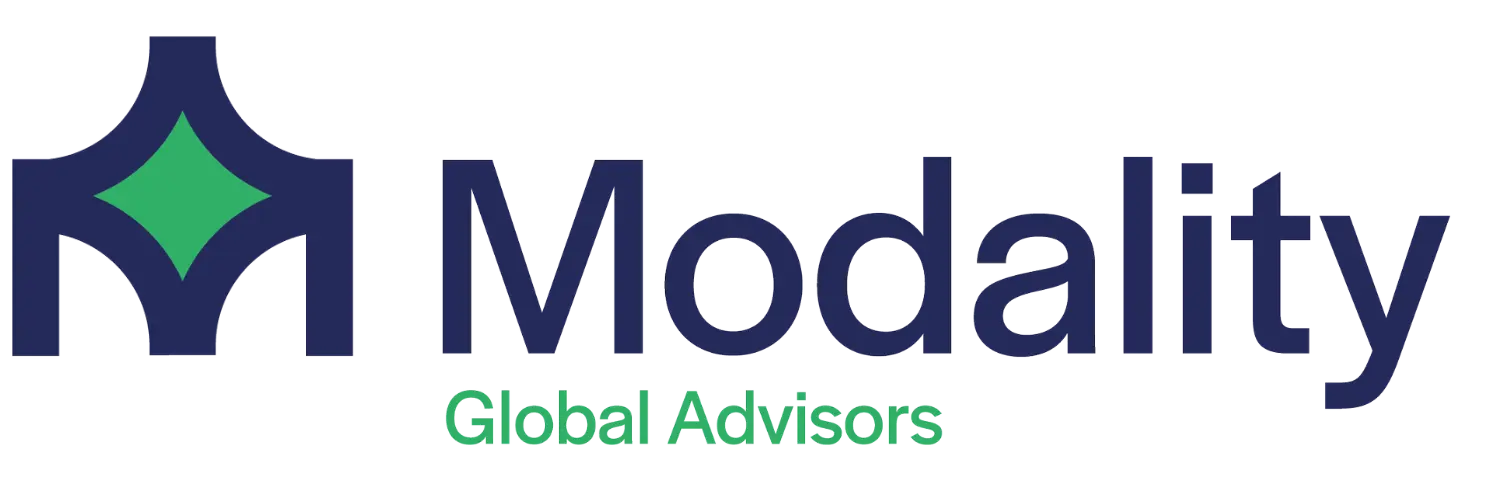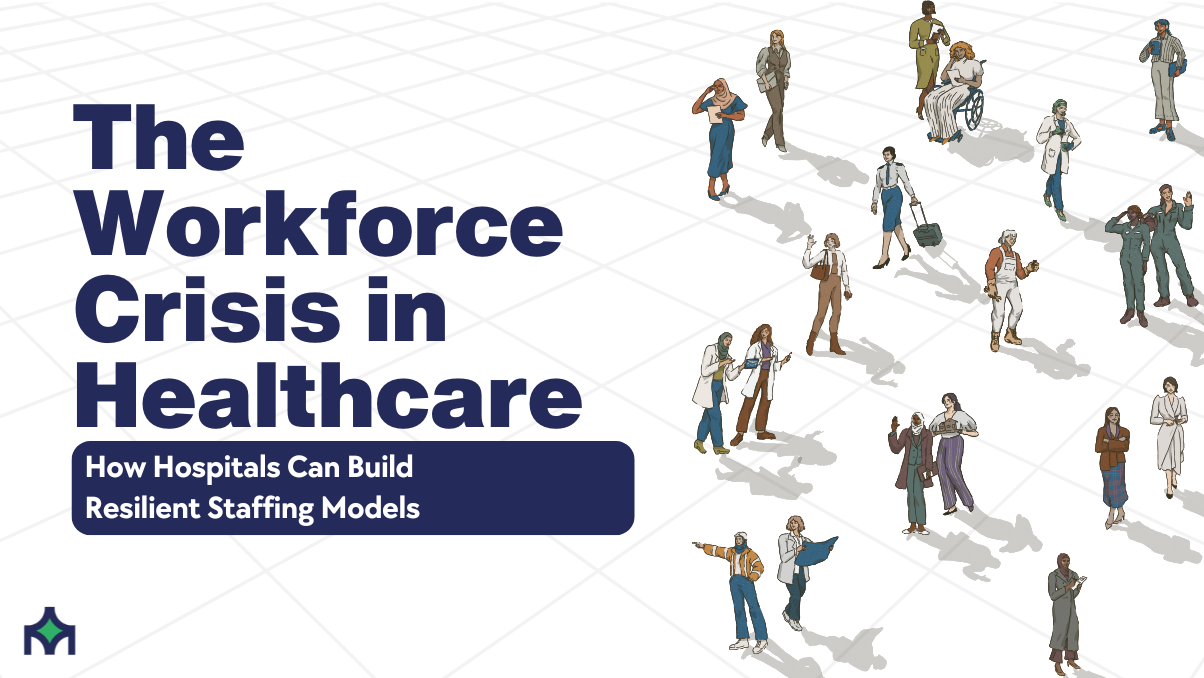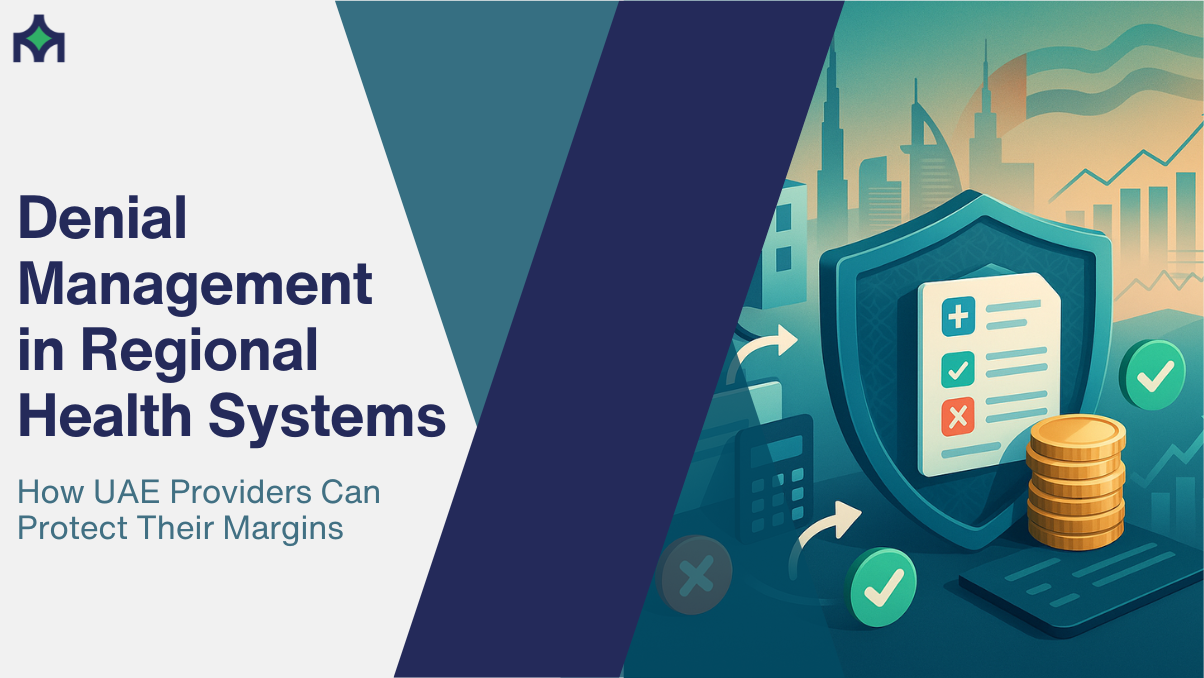The Workforce Crisis in Healthcare: How Hospitals Can Build Resilient Staffing Models
The Workforce Crisis in Healthcare: How Hospitals Can Build Resilient Staffing Models
Healthcare systems across the globe are facing a defining challenge, a workforce crisis that threatens the stability, quality, and sustainability of patient care. The pandemic may have exposed the cracks, but today, the pressure continues to mount from burnout, attrition, aging workforces, and increasing patient demand. For hospitals to thrive in this evolving landscape, building resilient staffing models is no longer optional but a strategic imperative.
A Global Staffing Emergency
According to the World Health Organization (WHO), the global shortage of healthcare workers could reach 10 million by 2030, with the most severe gaps in nursing and midwifery. In the United States alone, the American Hospital Association (AHA) reports that nearly 100,000 registered nurses left the workforce during the pandemic, and another 600,000 are projected to retire by 2030.
The effects ripple across patient safety, operational costs, and staff morale. A 2024 McKinsey & Company survey found that 31% of nurses plan to leave their current roles within the next year citing exhaustion, staffing shortages, and misaligned workload distribution as top reasons.
It’s clear: the traditional staffing models, reactive scheduling, reliance on agency staff, and one-size-fits-all workforce planning are no longer sustainable.
Understanding the Root Causes
The workforce crisis is not simply a supply problem; it’s a systems problem. Several interrelated factors have converged to create today’s challenges:
- Burnout and Mental Fatigue: Up to 46% of healthcare professionals report symptoms of burnout, according to the National Academy of Medicine (2024).
- Aging Workforce: In many regions, over 40% of nurses are aged 50 or older, accelerating retirement trends.
- Skill Gaps: The rise of digital health, AI, and precision medicine demands new skill sets, yet training pipelines have not kept pace.
- Workforce Imbalance: Hospitals are struggling to match staffing supply with fluctuating patient acuity and seasonal surges.
Understanding these underlying dynamics is the first step toward designing staffing models that aren’t just responsive but resilient.
What Does a Resilient Staffing Model Look Like?
A resilient staffing model goes beyond filling shifts, it’s about aligning people, processes, and predictive intelligence to ensure sustainable performance. The most forward-thinking hospitals are leveraging a combination of workforce analytics, AI forecasting, and flexible staffing strategies to future-proof their operations.
Data-Driven Workforce Planning
Using predictive analytics to forecast patient demand and staffing needs is transforming workforce management. A study by HealthLeaders (2024) found that hospitals using AI-driven scheduling reduced overtime costs by 19% and improved staff satisfaction scores by 23%.
Flexible Workforce Design
Resilience means agility. Hospitals are adopting hybrid staffing pools that combine full-time, part-time, and per-diem professionals. This approach creates a dynamic workforce capable of scaling up during high demand and maintaining balance during slower periods.
Cross-Training and Upskilling
Investing in staff development enhances retention and reduces dependency on external labor. A 2023 PwC report showed that hospitals that implemented cross-training programs experienced a 12% decrease in turnover within a year.
Technology-Enabled Collaboration
Digital platforms that integrate scheduling, credentialing, and real-time communication empower teams to stay connected and efficient. For example, implementing cloud-based workforce management tools can cut administrative time by 25–30%, allowing leaders to focus more on patient care and strategy.
Building a Culture of Retention
Technology alone won’t solve the workforce crisis. Hospitals must prioritize employee engagement, psychological safety, and recognition. According to Gallup (2024), organizations with high employee engagement see 43% lower turnover and 18% higher productivity.
Creating a culture where clinicians feel valued and supported means embedding wellness initiatives, flexible scheduling, and leadership transparency into everyday practice. When staff feel connected to the organization’s mission, retention becomes a natural outcome.
From Crisis to Resilience
The workforce crisis is an opportunity to reimagine healthcare operations from the ground up. Resilient staffing isn’t about temporary fixes, it’s about strategic foresight, intelligent design, and human-centered innovation.
Hospitals that invest in adaptive workforce strategies today will be tomorrow’s leaders in care quality and financial sustainability. By aligning data, technology, and culture, healthcare organizations can build not just a stronger workforce, but a more resilient system for all.
Sources:
- World Health Organization (WHO), Global Health Workforce Outlook 2024
- American Hospital Association (AHA), Nurse Workforce Report 2024
- McKinsey & Company, Nursing Workforce Pulse Survey 2024
- National Academy of Medicine, Clinician Burnout Report 2024
- HealthLeaders, AI in Workforce Planning Study 2024
- PwC, Healthcare Workforce Strategy Report 2023
- Gallup, State of the Global Workplace 2024





